Clay soils bring many gardeners out in a cold sweat. They have a reputation as back-breaking and impossible to work with. But the truth is that clay soils can be truly brilliant in a garden.
They are rich in nutrients and retain plenty of moisture, two important things that plants need to grow well. In fact, many plants thrive in these conditions.
Here's my guide to handling clay soils, including how to improve them and a list of the best plants for clay soils, in both full sun and partial shade.
What are clay soils?
First, it helps to understand what we mean by clay soil. This type of soil has a structure made of very fine particles which sit closely together, meaning that air and water cannot easily move through the soil. This is what makes it ‘heavy’ and it can lead to poor drainage. The biggest problem with clay soil is that it gets waterlogged. This can slow the growth of plants and even cause the roots to rot.
Clay soil is also heavy to dig and slow to warm up in spring. But these issues are outweighed by the potential clay soil has to be the foundation for a wide range of plants.
How to improve your clay soil?
If you aren't sure what type of soil you have, use the simple test in my Expert Gardening Guide to Soil. Almost all clay soils can be improved over time.
But the most important problem to tackle is bad drainage, especially when it is causing standing water.
Dig the soil over very deeply, incorporating lots of bulky organic matter as you go.
Compost, leaf mould, coarse grit and well-rotted bark chips are good options.
Be wary of putting in too much bark or wood chippings – the bacteria needed to breakdown this amount of wood will deplete the soil of nitrogen.
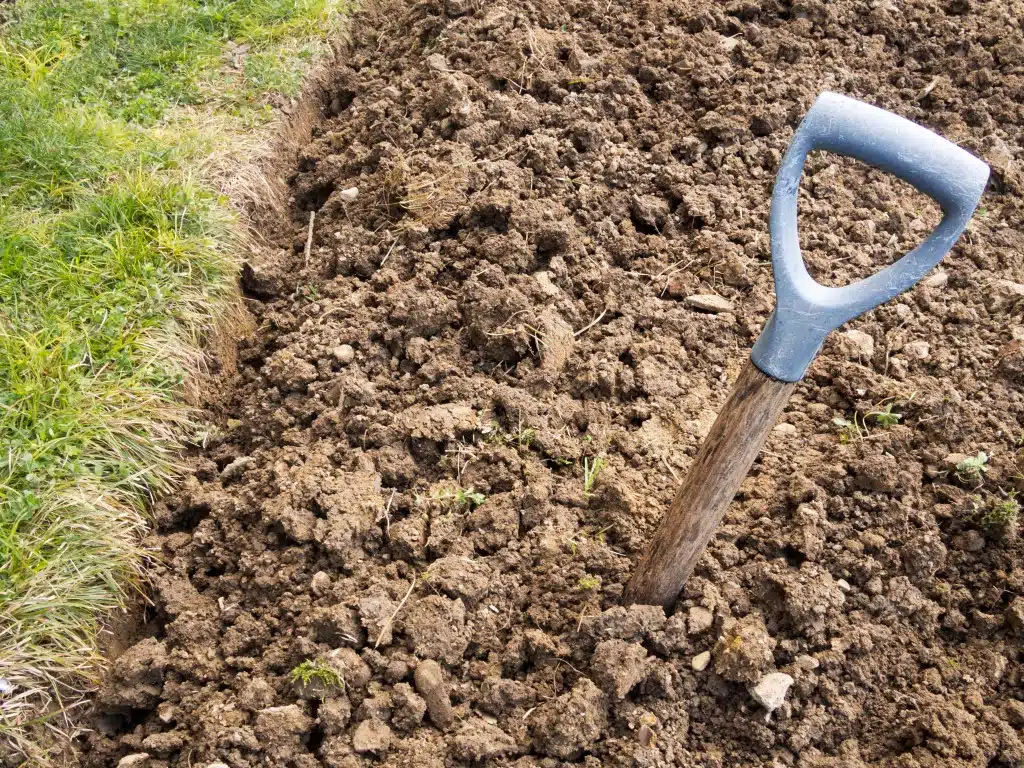
Many sources recommend digging in sharp sand but this is not effective. You would need a huge volume of sand and even then the results are very variable. Organic matter is the far better option. You should also dig in organic matter if you are starting a new bed or tackling a new plot. It is hard work but it will make a dramatic difference to the quality of your soil. You can improve clay soil in sections too – no need to turn over the entire plot at once.
Lime for clay soils
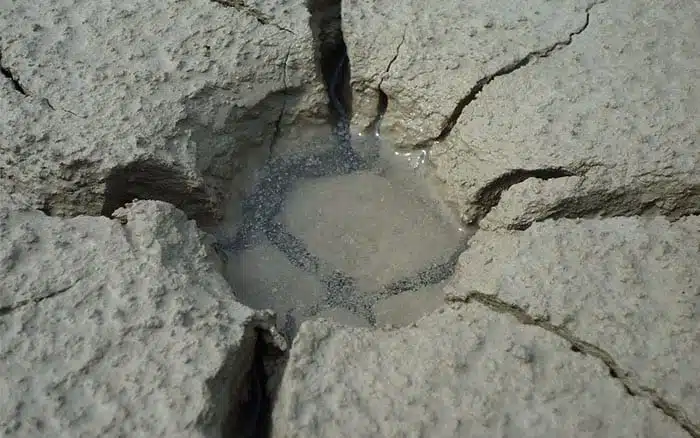
Some clay soils respond well to the addition of a liming agent like calcium. This can cause the clay particles to form clumps, improving the structure and drainage.This tends to work best on acidic soils.
If you don’t know your soil pH, test with a cheap kit from a garden centre.
Add lime to acidic soils as per the packet instructions. For other soils you can also try adding gypsum. This may help the clay structure without affecting the acidity. Test both of these methods on a small area first to make sure it works on your type of clay soil.
Improving established beds
If your garden is already established and you can’t dig it over, you can still take steps to improve clay soil.
Add thick layers of mulch like compost and leaf mould over the soil surface during the summer.
This will help retain moisture and prevent drying and cracking, as well as adding more nutrients and improving the soil structure.
You don’t need to dig mulch in – the insects, worms and microorganisms will take this material down into the soil for you.
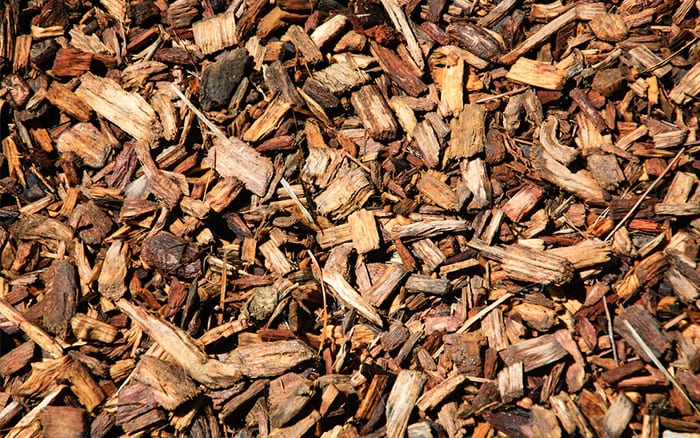
It might take a few seasons but be consistent with it for the best results. Make sure to keep mulch clear of plant stems to avoid rotting – here’s my top mulching tips. Plus you should also consider adopting a no-dig system once you have tried to improve the soil. Turning it over deeply every year may disturb the hard work of soil creatures and microorganisms.
Golden rules for clay soil
Best plants for clay soil
There is a huge range of plants that will grow on clay soil. Always check the specific variety for its suitability for heavy soil and be sure that it is happy with the light levels of its new home too. Where possible aim for spring rather than autumn planting so new plants have warm, dry weather while they get established. However, plant woody varieties like trees in early autumn while the soil is still dry.
Trees for clay soil
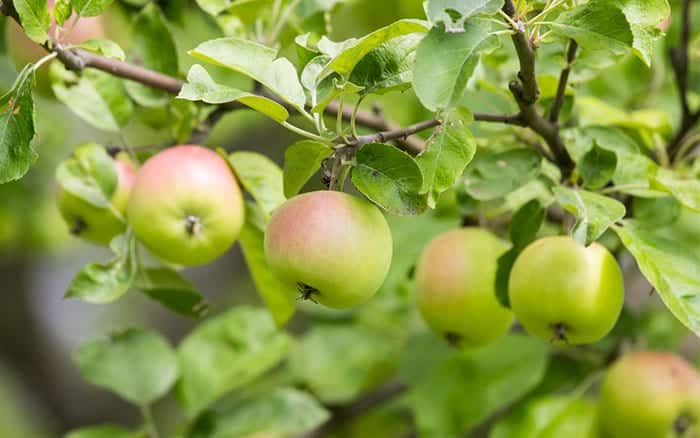
Many native British trees are suited to clay soils, including oak, ash and elder.
Fruit trees like apple and pear will also grow well in clay, but soft fruit bushes may struggle.
You can grow birch and eucalyptus trees for more height and sorbus, hawthorn, magnolia and amelanchier as more decorative trees.
Many types of conifer will also grow happily in clay soils. Pine, thuja, juniper and Chamaecyparis are all good options.
Shrubs for clay soil
There are a huge range of shrubs that will thrive in clay soil. As a general rule, they cope better with wet conditions when they are larger and better established.
Look for cornus, viburnum, mahonia, berberis, pyracantha and cotoneaster for structure.
Many of these plants have evergreen leaves or colourful berries too. And you can grow flowering shrubs in clay soil, like weigela, buddleja, forsythia, hydrangea and chaenomeles (flowering quince).
Roses are also good shrubs for clay especially if it has been improved with organic matter. Some are even tolerant of wet soils, including the rugosa group. Your choice is only limited if your clay soil is also in shade.

Flowering perennials and bulbs
Perennial plants are well suited to clay soils and will do much better than delicate annuals. And once they get established they can produce stunning displays. Fill shady spots with lush greenery from hostas, lingularia and euonymous. Vinca and alchemilla mollis also make good ground cover options. Flowering herbaceous perennials for clay include the daisy family like asters, rudbeckia and coreopsis, as well as woodland plants like phlox, aconites, hellebores and Japanese anemone.
Bedding plants like geraniums, primulas, cranesbill and pulmonaria will all thrive in clay soil, especially in sunny spots. Astilbe, astrantia, kniphofia and solidago are great plants for clay soil in full sun or light partial shade.
Don’t forget climbers too. Ivy, clematis and honeysuckle all love rich clay soil and will grow in sun or partial shade.
Narcissi and snowdrops are hardy enough bulbs to survive clay soils but they can rot in very wet conditions.
Put drainage material like sand in the base of the planting hole to give them a hand.
Irises and daylilies (hemerocallis) are also happy in clay soil.
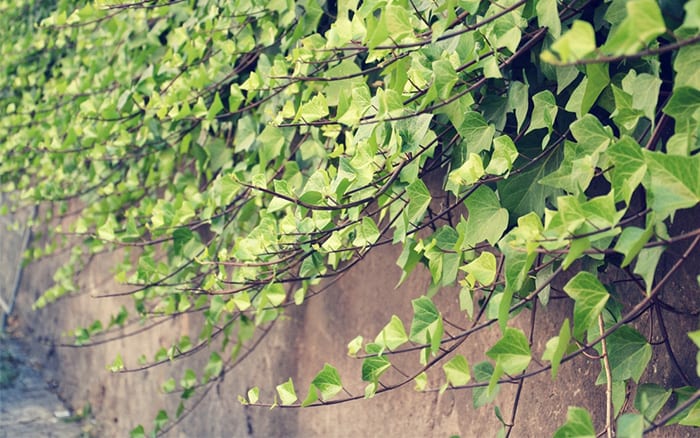
Plants for clay soil in partial shade
Some hardy plants will thrive in clay soils in part and even full shade. Try ivy, hosta, vinca, ajuga, aucuba, dryopteris (fern) and Japanese anemones to fill shade gardens. Plus shrubs like viburnum, hydrangea, mahonia and chaenomeles all like clay soil in partial shade, and may tolerate full shade too.
The best veg for clay soil
 Clay soils are slow to warm up in spring, making them poor for early vegetable varieties. But main crop vegetables that are harvested in summer and autumn are perfect for clay soils, and often have very strong yields thanks to the soil’s high nutrient and water content.
Clay soils are slow to warm up in spring, making them poor for early vegetable varieties. But main crop vegetables that are harvested in summer and autumn are perfect for clay soils, and often have very strong yields thanks to the soil’s high nutrient and water content.
Most of the classic veg garden crops will grow in clay soil, including brassicas like cabbage and cauliflower, plus squashes and pumpkins and bulbs like onions and leeks.
The only condition is that they need plenty of sunlight – most vegetable plants hate shade!
What plants work best in wet clay soil?
If your soil is damp and clay, pick especially hardy plants that will survive in those conditions.
Hostas are great all-rounders and hydrangeas cope well in these conditions too.
Try also iris, cornus, weigela and astilbe for flowers with a burst of colour that do well in wet clay soils.
So, there you have it. Varieties for all scenarios and soils to brighten up your day, no matter the terrain and no matter the weather!

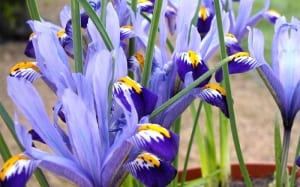
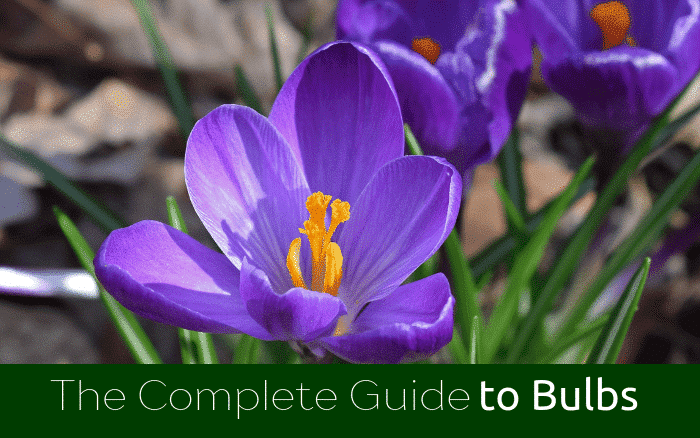
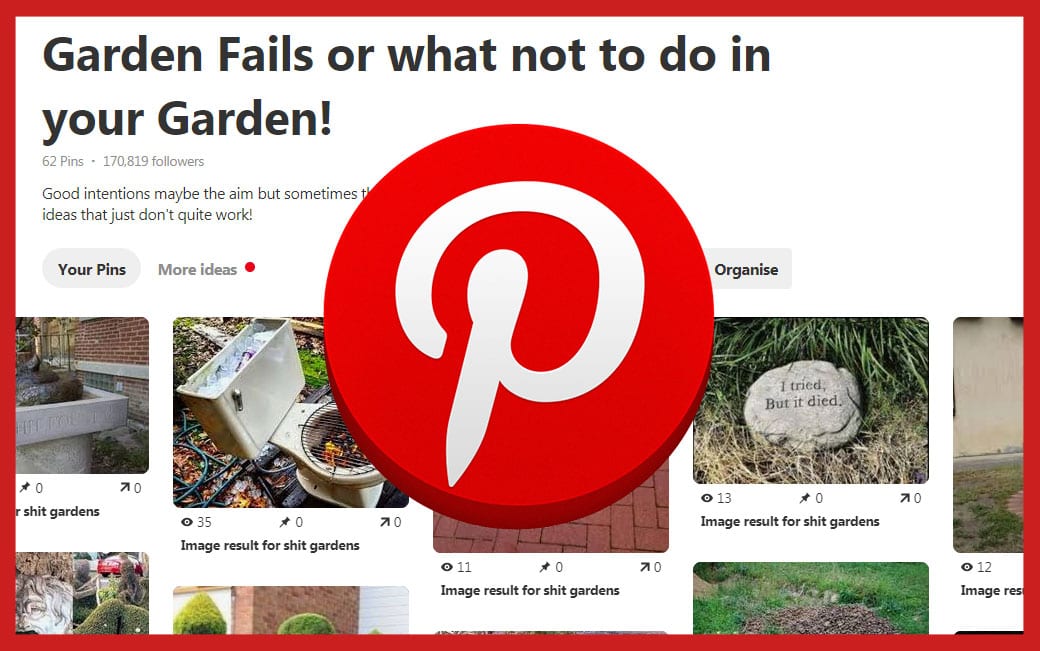




Very helpful,thankyou-.
Really helpful. We have struggled with plants in our often waterlogged, partially shaded, clay borders. Can’t wait to give your suggestions a go.
This is by far the best plant information I have read in a long time. Thank you David.
Extremely helpful, thank you.
Thank you for this . I have added a new bed in full sun but very heavy clay and I was doing a number of things wrong. Your article is the first to logically address the various issues and offer good advice on plants. I hope you can do more as regards large plant options for heavy clay.
some good ideas, thankyou
This is the most helpful site ever. We’ve just moved and all of the above explains why the garden was full of woody trees and shrubs that I’m not keen on. Now to employ the tips above and transform my soil!!! Thank you so much, am no gardener but keen to learn and have lots of enthusiasm so wish me luck!!
Good luck, Kelly!
This is the best site I have found for giving straight forward understandable information. Thank you so much
Very helpful. We have heavy clay soil that is difficult to improve.
This had been an inspiration.!! I have move recently here and never had clay soil before. I need a lovely garden for my sanity and was beginning to despair. I can’t say thank you enough.
Thank you so much you have been very helpfull
Really clear information, I’ll have the borders sorted in no time now!
Brilliant. I can understand everything. Feel much better now as have done a lot of the stuff mentioned now I know I have done the right thing. The lists of appropriate flowers is hugely encouraging. Role on next year my garden will hopefully look brilliant. Thanks to my husbands hard work and David Domoneys expert advice. Watched him on TV. Excellent gardener/landscaper. Thank you
Thanks for the really helpful suggestions. I found to my great disappointment that the sunniest spot in my garden has clay after the first 8-9 inches of top loam soil. It hence waterlogged. I am going to give your suggestions a go. Many thanks again.
Awesome suggestions, what a great article. In our zone I’ve found canna lilies grow like weeds in heavy clay soil even if they are frosted in winter 9b. Achillea, verbena bonariensis, phormium, hydrangeas, roses, prunus trees, Acer trees especially Japanese, types of taro, hosta, bamboo contained by tough deep root barriers very cold hardy, Californian poppies, other poppies, evening primrose, foxgloves, Black snakeroot, daisies rudbeckia and heleniums, Cyprus reeds, perennial grasses, New Zealand native grasses, bee balm, iris, lilies, many prairie style plants, gunnera manicata, Willow although the willow aphid has invaded and as a result too many wasps so had to remove the trees, I also suggest deep borders on garden beds even contouring before the plants go in to raise the planting beds above winter wet I wish we had done this. In winter at times I’ve resorted to creating open drains in our lawn to drain water, and I suggest keeping an eye on things over winter, sometimes spreading your favourite plants in a few different places insures the survival of at least one or two just in case. Also don’t divide in autumn because plants need to be ready for the winter wet here. No dog can work if you don’t get bad enough frosts I find lasagna gardening really works well letting nature do the work to improve the structure from there. Clay holds any fertiliser very well so use with caution it also seems to hold pesticides very well I learnt this the hard way. Good luck everyone who needs a gym with clay soil in your yard haha.
This is so helpful to us as we have recently finished building our new home and now are ready to tackle the front flowerbeds but have put it off because we weren’t sure about the 100 loads of red clay dirt that had to be brought in for our dirt work before the foundation could go down. It’s dried now and hard as stone and I’ve tried to research what we could plant and not plant into it but it’s been 6 months with no luck until today and this very helpful article. Thanks so much for easy our worries and helping us realize it can be done and won’t cost another fortune.